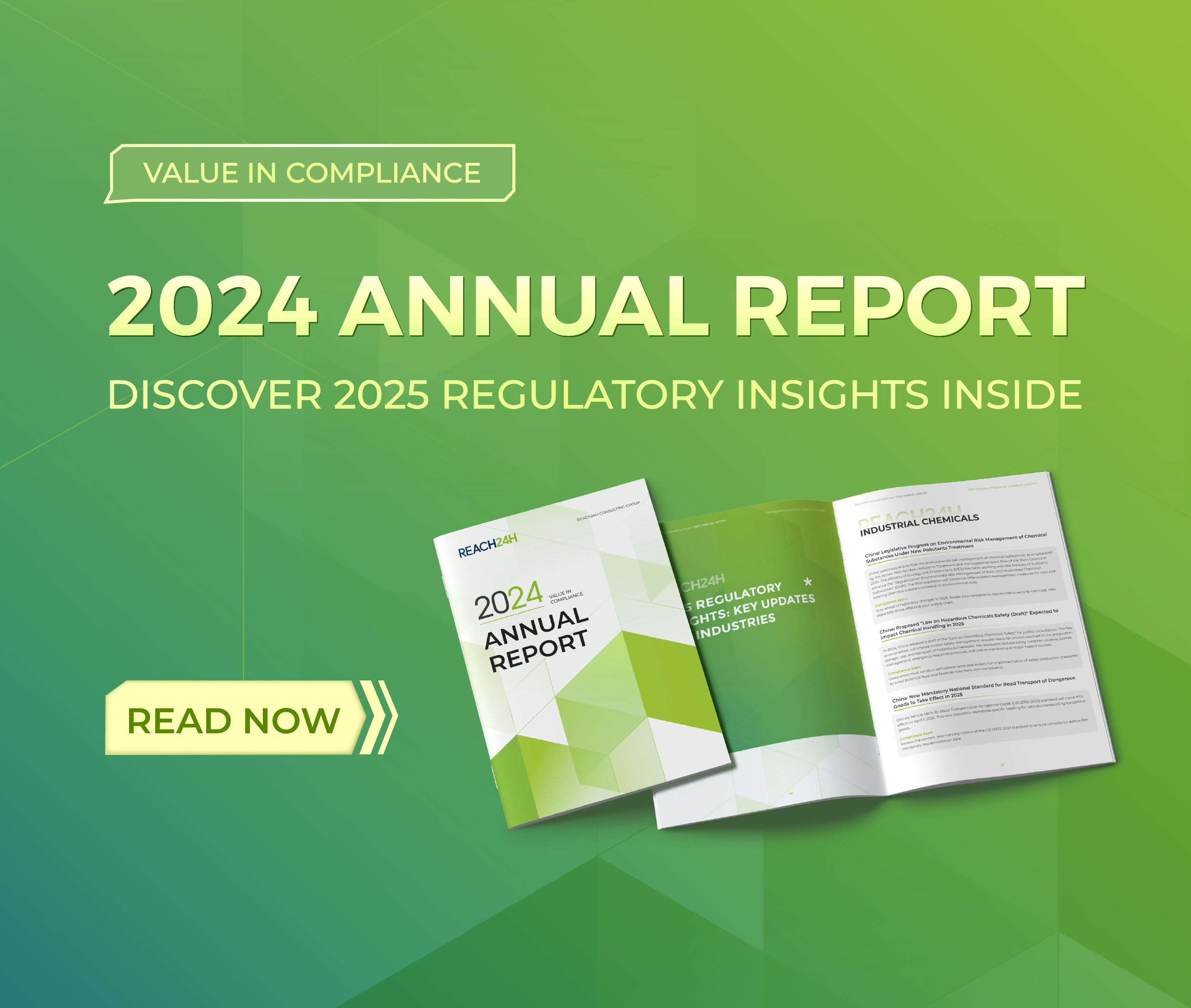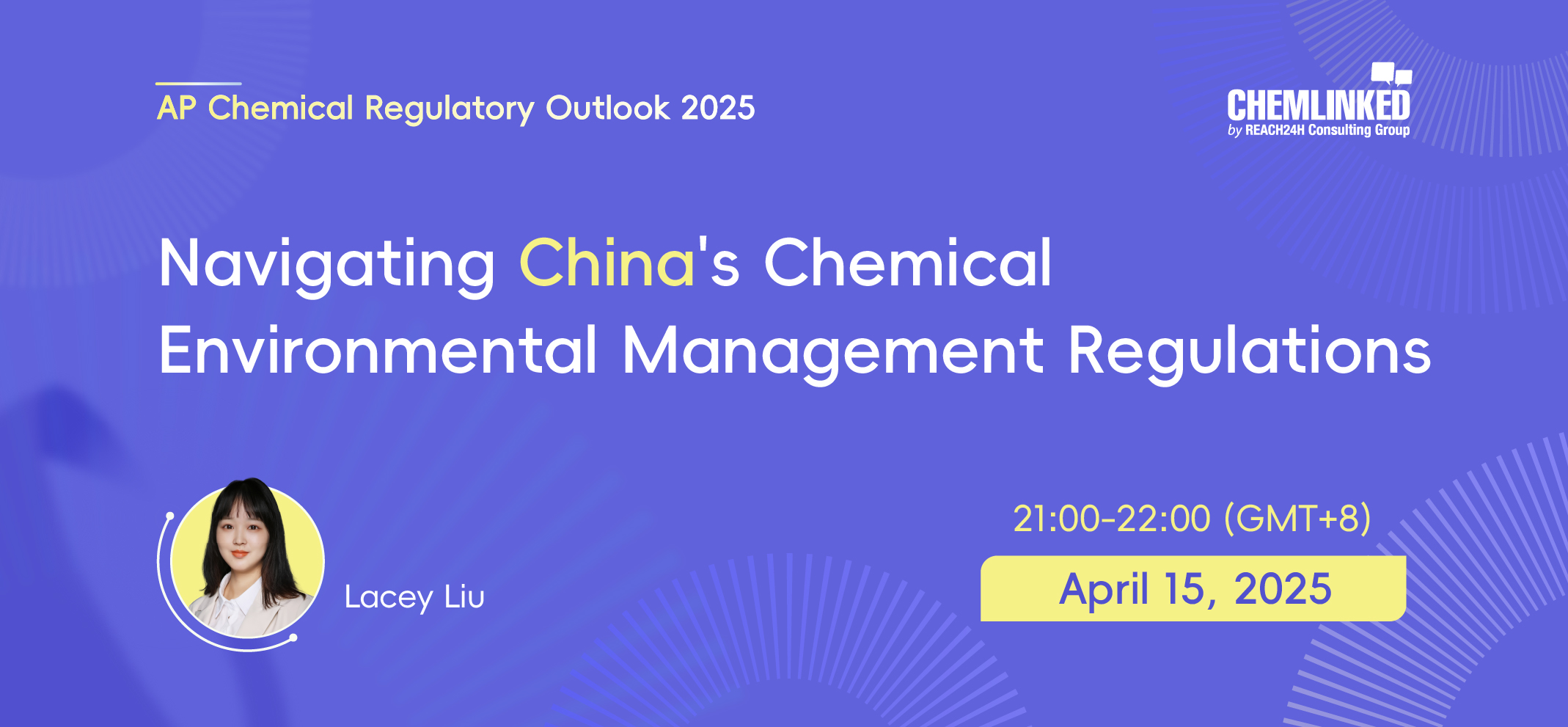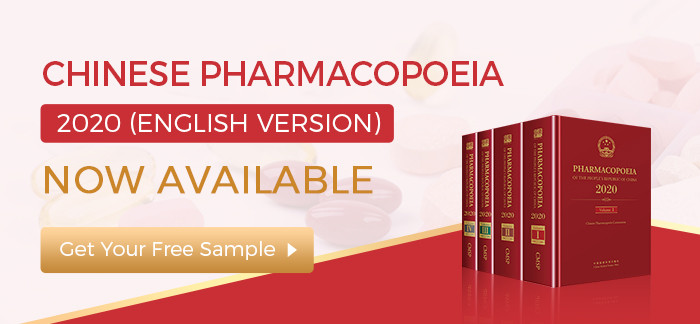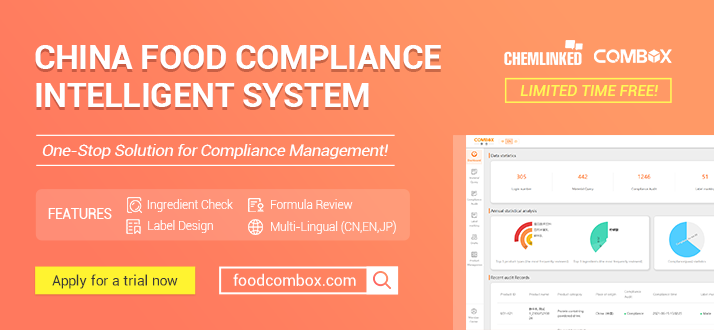China MEE Publishes Revised Measures for the Environmental Management of New Chemical Substances
On April 29, 2020, China’s MEE published the amendments of the Measures for the Environmental Management of New Chemical Substances (MEP Order 7 of 2010). It is renamed as the Measures for the Environmental Management Registration of New Chemical Substances (MEE Order 12 of 2020), which will come into force on January 1, 2021.
The current new chemical management system has been in effect since October 15, 2010. During the implementation, the notifying companies and ORs have gone through a lot of tough problems, which may not be clearly defined or even not covered in the current management legislation. The research and discussion on the revision of the MEP Order 7 has been underway for several years. The draft revision has been issued for public comments in July 2019 and notified the WTO in Sepetember 2019. It was finally approved on February 17, 2020.
Below are the major amendments compared with the current MEP Order 7.
Scope of Application
The revised Measures specifies that imported goods which are temporarily stored at the special customs supervision areas and designated for export to other countries without any processing are added into the scope of exclusion. Exemptions are newly offered to fertilizers and radioactive substances.
Registration Type
The Measures thoroughly modify the notification types of new chemical substances into record notification, simplified registration and regular registration.
| Situation | MEP Order No.7 in force | Revision (to be enforced from 2021) |
| For R&D purpose, in quantities below 0.1 tonne per year | Scientific research record notification | Unknown. The previously proposed exemptions to new chemical substances imported or manufactured in volumes under 100kg a year for scientific research purposes are not included in the final version, which maybe clarified in the Guidance |
| Manufactured/imported in quantities below 1 tonne per year | Simplified notification (general case) | Record notification |
| 1. Intermediates manufactured/imported below 1 tonne per year2. Manufactured for the sole purpose of export, in quantities below 1 tonne per year3. For R&D purpose, in quantities of 0.1-1 tonne per year4. PLC, or a polymer with low new chemical substance concentration of monomer < 2% (w/w) | Simplified notification (special case) | Record notification |
| For PPORD purpose, in quantities below 10 tonne for no more than two years | Simplified notification (special case) | Simplified registration |
| Manufactured/imported in quantities of 1-10 tonne per year | Regular notification(Band 1) | Simplified registration |
| Manufactured/imported in quantities above 10 tonne per year | Regular notification (Band 2, 3 and 4) | Regular registration |
For record notification, applicants only need to submit the known data concerning hazard properties and environmental risks information of new chemical substances. They can engage in relevant activities immediately after submitting all materials required for record notification. Data Requirements
For simplified registration, applicants need to submit data concerning physicochemical properties, persistent, bioaccumulative and toxic properties of new chemical substances.
The data requirements for regular registration were proposed to no longer be simply classified according to tonnage bands. Instead, the data requirements will be considered based on hazards of the new substance and the exposure situations. However, the details are not included in the revised Measures, which will be fleshed out in the Guidance.
CBI Protection
A maximum 5-year limit for protecting confidential business information of new substances is introduced in the revision. For qualified new substances that have been added into the IECSC, if CBI protection previous applied, the protection of chemical identification information will be invalid after December 31, 2025.
Testing Institutes
Domestic laboratories that provide testing data for registration of new chemical substances shall pass accreditation. Domestic laboratories for toxicology and ecotoxicology testing shall also conform to good laboratory practices. Foreign testing laboratories generating toxicological or ecotoxicological data shall conform to internationally accept good laboratory practices.
Approval Criteria
The revised Measures provide more scientific criteria for approving and rejecting registration applications. Regular registration can be approved if there is no unreasonable risks detected with appropriate risk control measures. In addition, for new substances of high hazards, the necessity for their activities should be acceptable. For a simplified registration, it will be approved if the new substance does not have persistent, bioaccumulative and toxic properties at the same time, and no cumulative environmental risk is found.
Post-registration management
The revised Measures removed the provisions for submitting the every time activity report and five-year activity report. Only the annual report and the first-time activity report have been kept. However, the deadline for annual reporting is changed from Feb 1st to Apr 30th and the date for submitting first-time activity report is extended from 30 days to 60 days from the first-time production/import. For annual report, only regular registrations that have stipulated on the registration certificate that annual reporting is required should submit the annual report.
It endowed enterprises for research, production, import, processing and use of new chemical substances with more responsibilities. They shall transfer required information to the downstream links. In addition, they should disclose risk control measures and the implementation details of environmental management requirements on the website or other public channels.
As for listing registered new substances into the IECSC, only those that have finished regular registration are qualified to be listed into the IECSC by the MEE after 5 years from the first date of registration. New substances that are persistent and bioaccumulative, or persistent and toxic, or bioaccumulative and toxic should be assigned allowed uses upon being added into the IECSC. For new substances of great hazards, or that are persistent and bioaccumulative, or persistent and toxic, or bioaccumulative and toxic, corresponding environmental management requirements shall be stipulated in addition to annul reporting requirements upon being added into the IECSC.
Transitional Measures
The MEE Order 12 will replace the current MEP Order 7 when it comes into force. The new substances with a regular notification certificate under the MEP Order 7 will be added into the IECSC by the MEE five years after the first time of production/import, or five years after the implementation of MEE Order 12. The new chemical substances having finished normal notification under the SEPA Order No.17 (replaced by MEP Order 7) will be added into the IECSC within 6 months after the implementation of MEE Order 12.
The supporting documents will be updated to align with the revised Measures, including the Guidance and the relevant forms. In addition, the specific transitional details will be introduced in a separate document, which according to the authority will be published soon.




